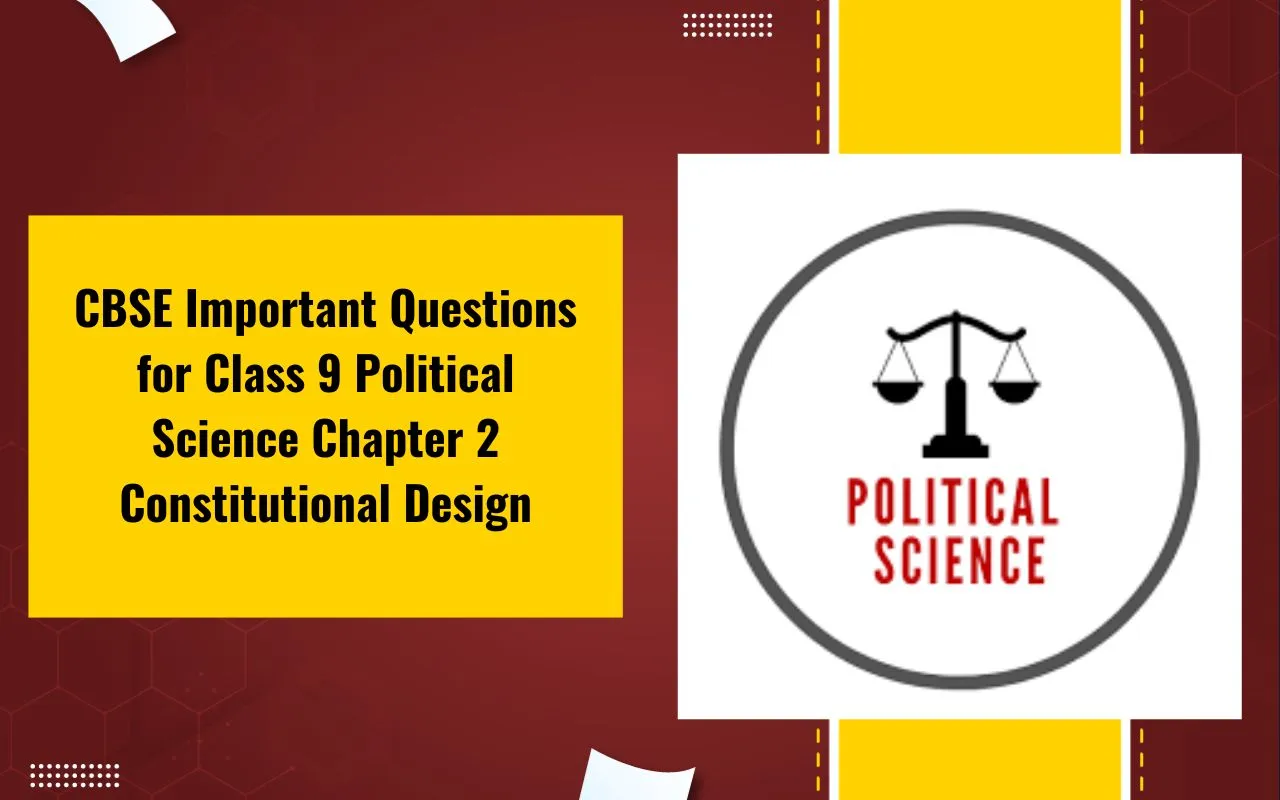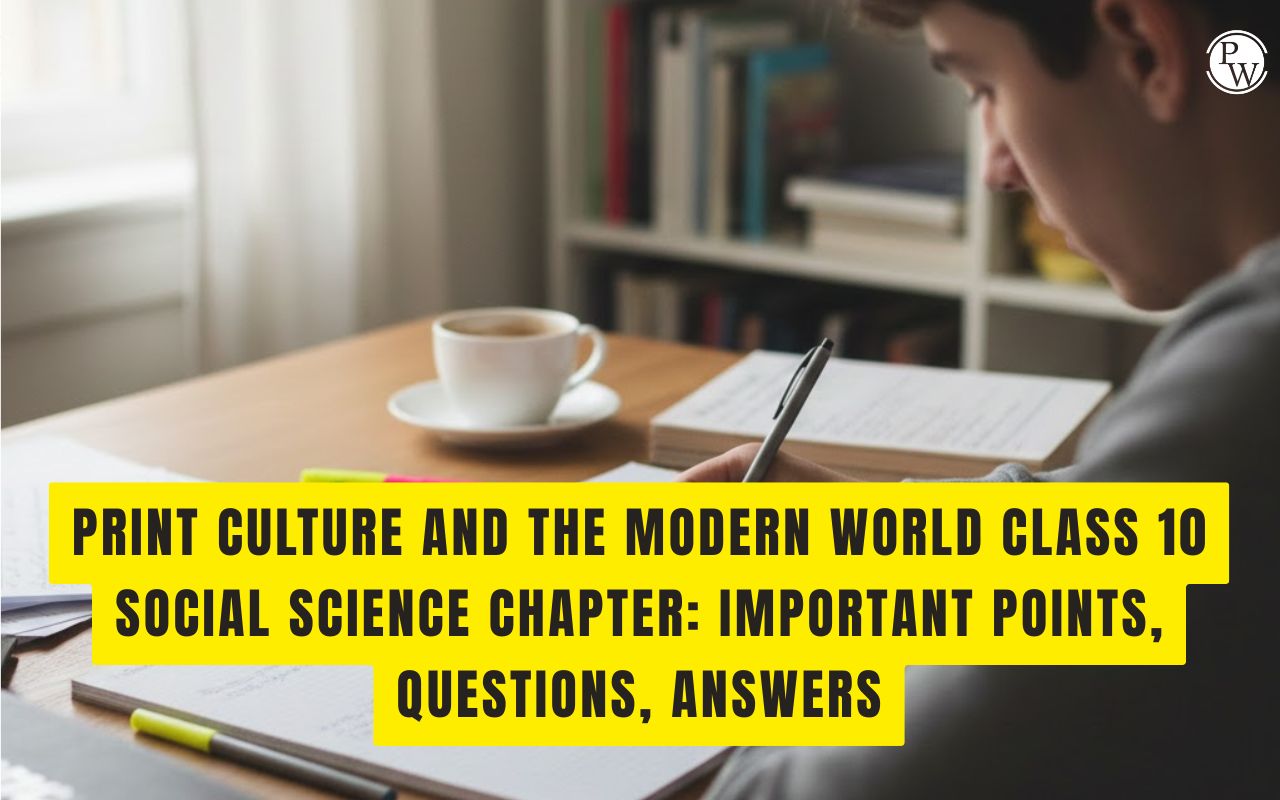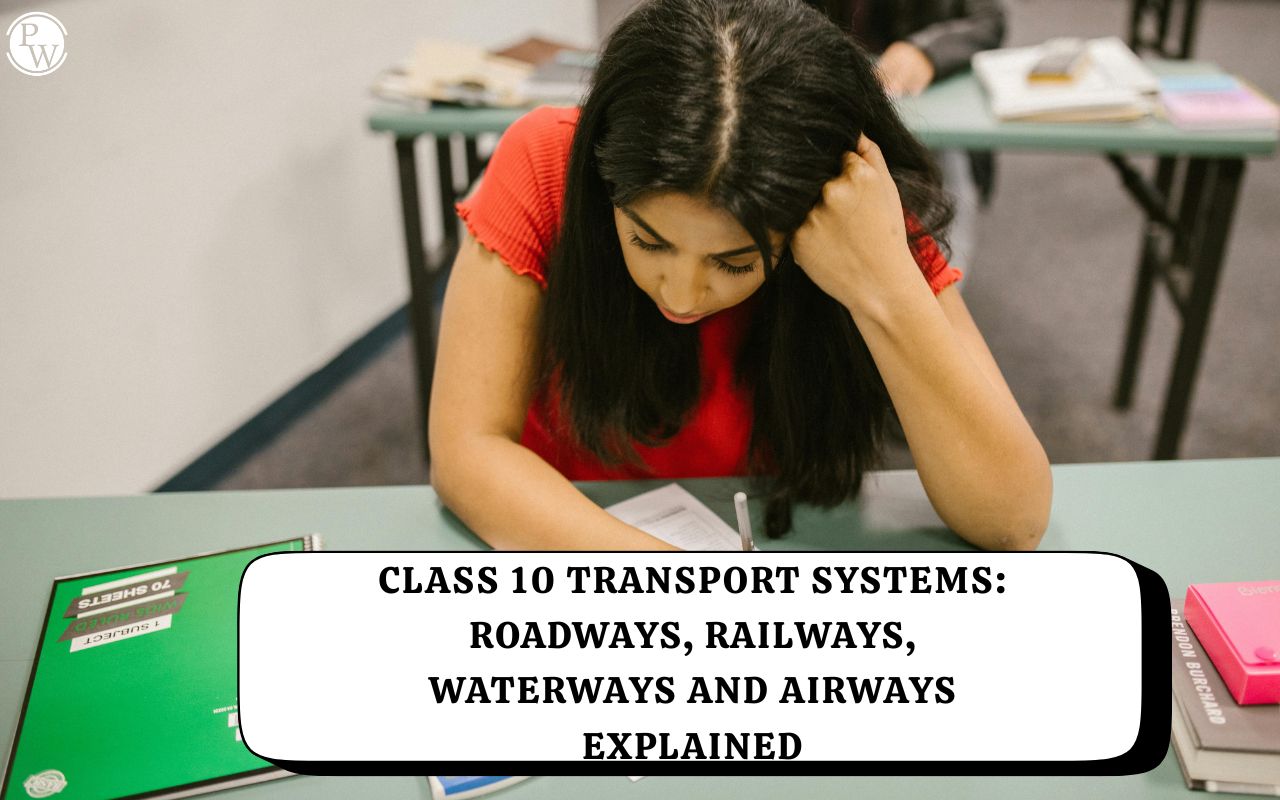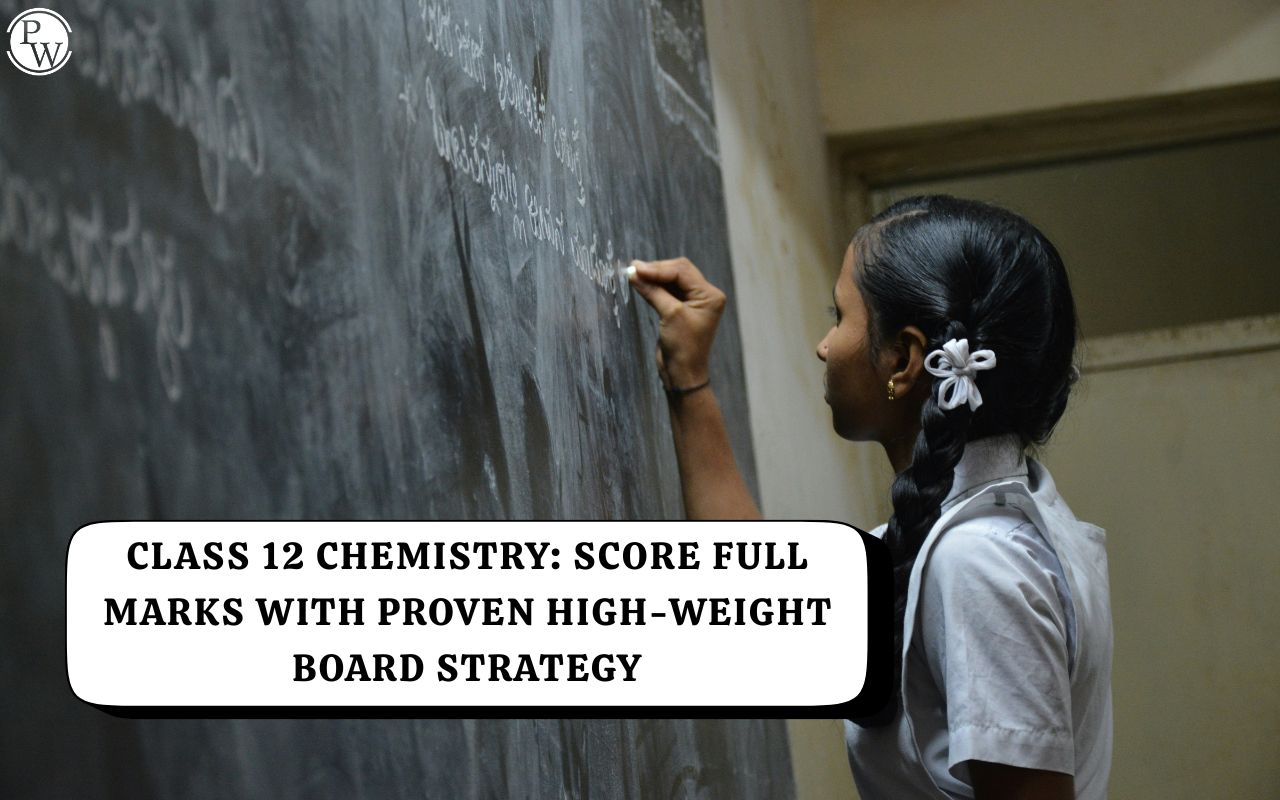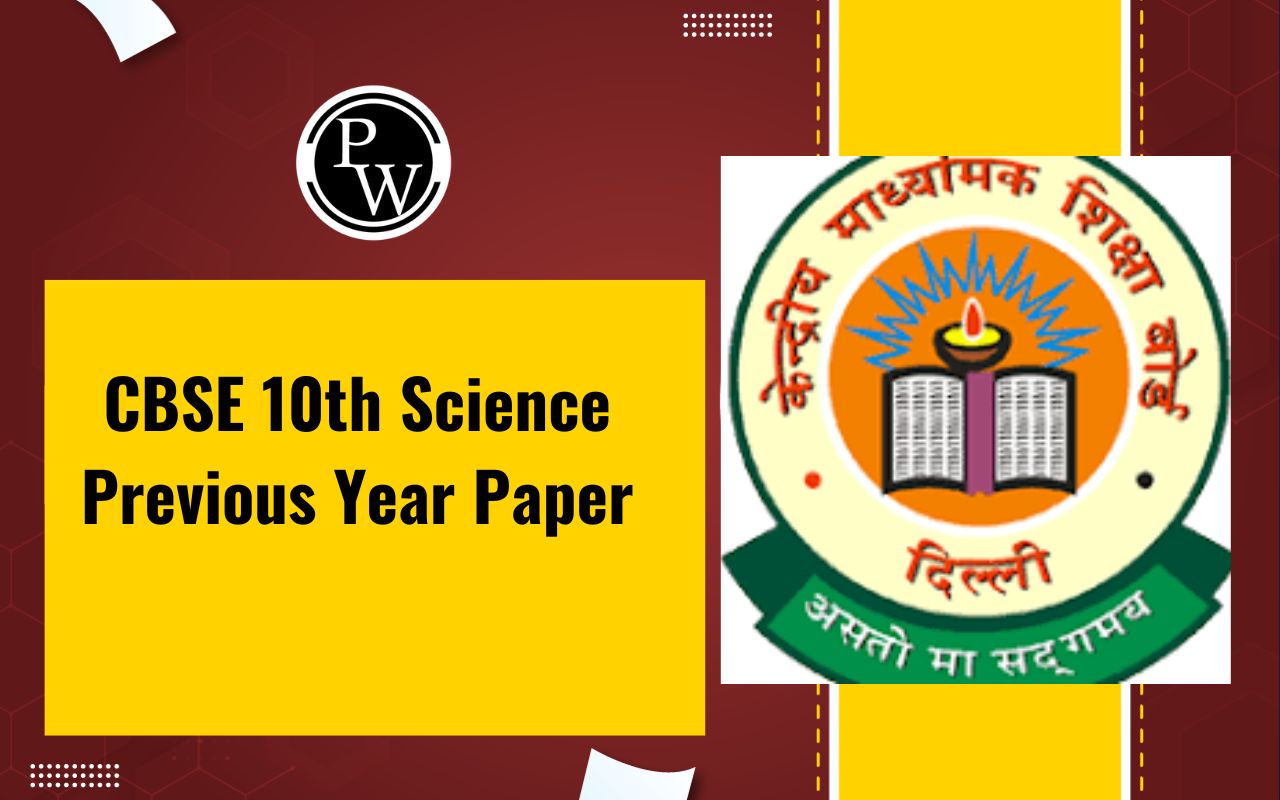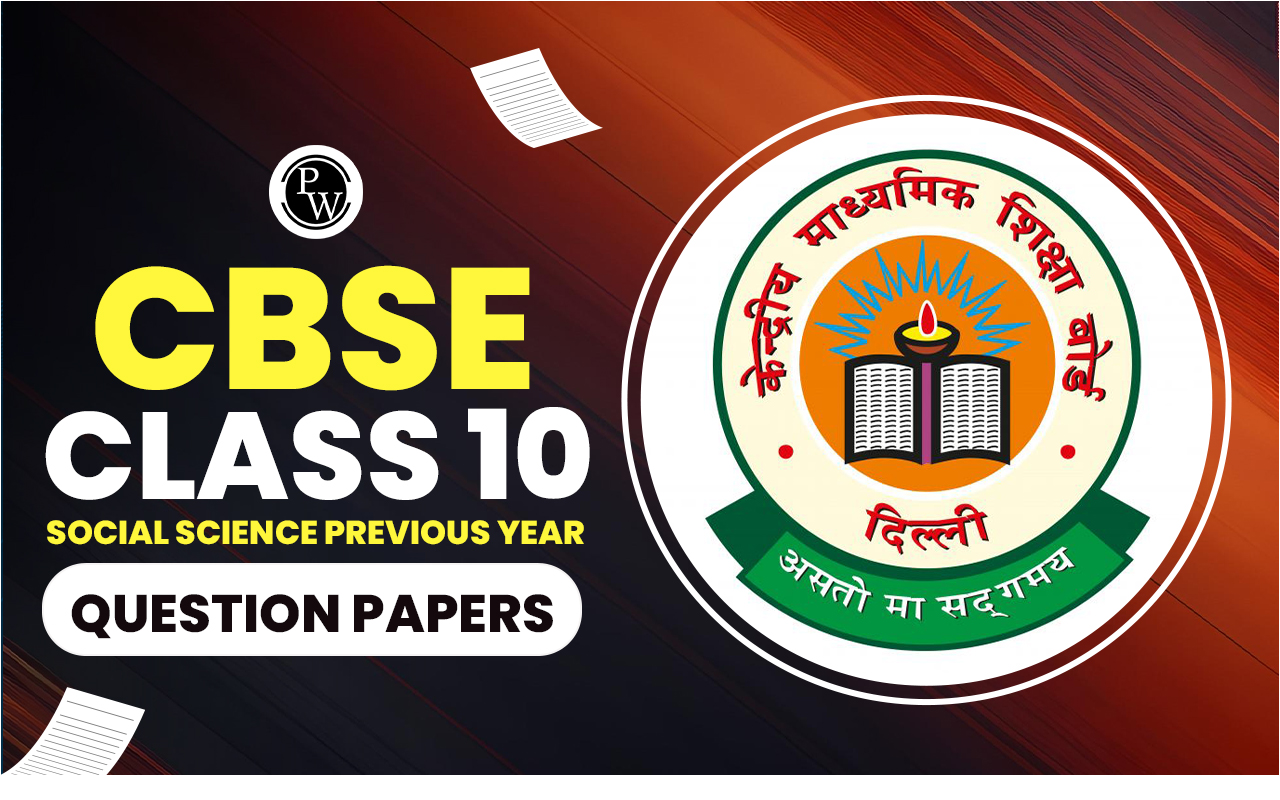
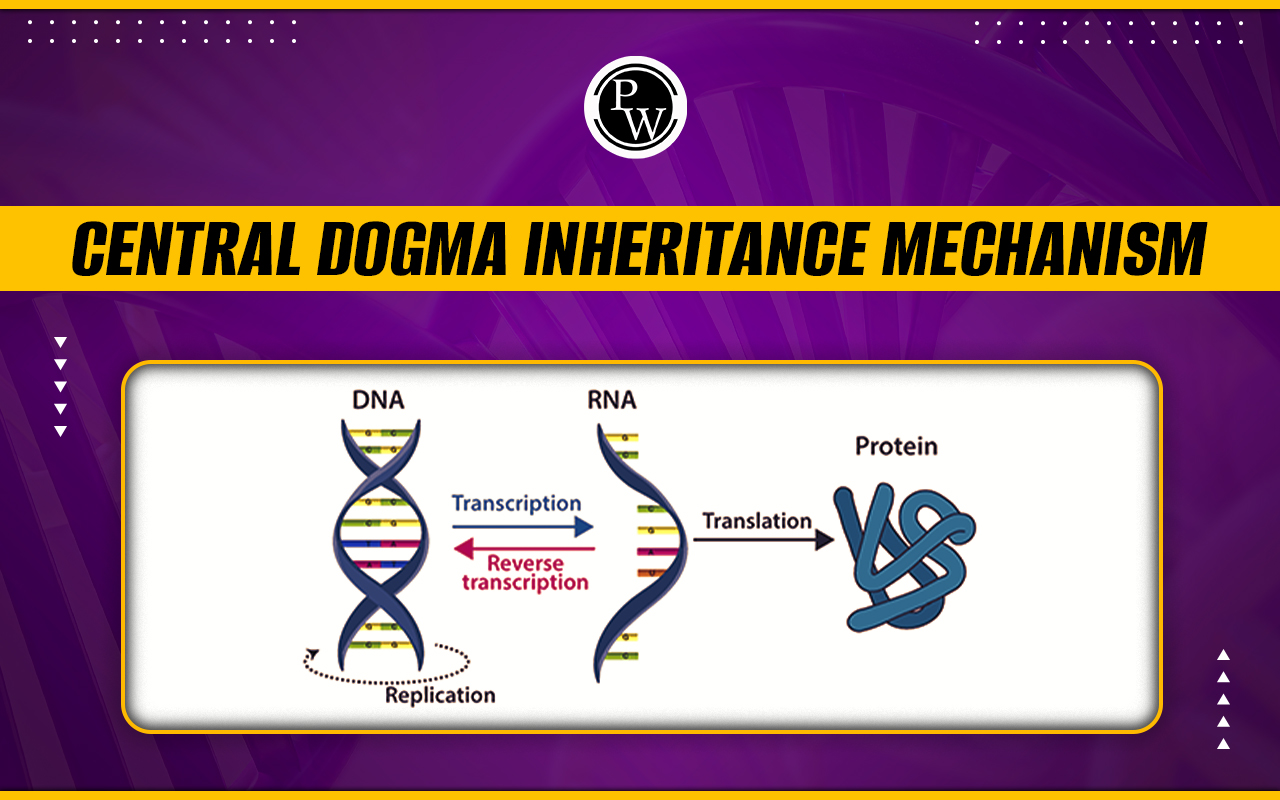
You have landed on the right page if you are keen to understand the basic concepts of central dogma in a simplified way. This central dogma process helps in the synthesis of proteins. Proteins are building blocks of our body as they strengthen our body. Not only strength, but they also act as hormones and serve as enzymes that catalyse the hundreds of chemical reactions necessary for life.
The present article aims to make you understand all the complex processes of central dogma in a simplified way. We will first understand what central dogma means. Once we understand the outline, we will study the steps involved in central dogma- transcription and translation. In the end, we will study some questions based on concepts.Difference Between AIDS and HIV
What is Central dogma?
Central dogma states that genetic information flows from DNA to RNA to Protein. F.H.C. Crick postulated it in 1958. According to the “central dogma”, DNA is transcribed to RNA; mRNA is translated to proteins. It is a two-step process by which gene information flows into proteins.Steps of Central Dogma:
The steps involved in central dogma are:- DNA replication
- Transcription- Genetic information from one strand of the DNA is copied into RNA.
- Translation-synthesis of polypeptide chain
Difference Between Adaptation And Mitigation
DNA replication:
DNA replication refers to forming an exact copy of itself during cell division. Watson and Crick (1953) suggested that DNA replication is semi-conservative. According to the semi-conservative method, the two strands of the DNA separate, and the complementary strand is synthesised from the medium. The replication of DNA requires many enzymes and protein factors. The newly synthesised DNA possesses one strand contributed by parent DNA and another newly synthesised.Transcription
The transcription unit comprises three parts- Structural gene: Structural gene is a gene that codes for RNA and proteins. So, the structural gene has a 5’-3’ end (coding strand) and a 3’- 5’ end (template strand). DNA-dependent RNA polymerase catalyses polymerisation in the 5'→3’ direction. In the template strand, 5’-3’ end, the sequence of bases is the same as in RNA (Uracil replaces thymine). Nothing is coded for by the coding strand. A promoter: It is located towards the 5' end of the structural gene and provides a binding site for enzyme RNA polymerase. RNA polymerase binds to a specific promoter. It defines the template and coding strands. A Terminator: It is located at the 3' end of the coding strand and defines the end of the transcription process.Aerobic and Anaerobic Respiration
Mechanism of Transcription:
RNA polymerase first binds to the promoter, and after binding, it moves along the DNA and causes the local unwinding of DNA duplex into two chains. Out of two chains, one strand acts as a template (antisense strand), and the other strand is coding (complementary strand or sense strand). When RNA polymerase reaches the terminator signal on the DNA, it leaves DNA, and fully formed mRNA (primary transcript) is released. As the mRNA grows, the transcribed region of the DNA molecule becomes spirally coiled and regains double-helical form.Translation:
The translation mechanism involves polymerising amino acids to form a polypeptide. These amino acids are transported from an intracellular pool to the ribosomes, forming a polypeptide chain. These polypeptide chains are assembled into proteins in the cytoplasm.Mechanism of translation:
Steps involved in translation are: (a) Activation of amino acids: In translation, amino acids are joined by peptide bonds. The formation of a peptide bond requires energy in the form of ATP. So, in this step, amino acid reacts with ATP to form amino acid AMP complex and pyrophosphate by an activating enzyme called aminoacyl-tRNA synthetase in the presence of Mg 2+ . Now, this amino acid AMP enzyme complex is called an activated amino acid. The pyrophosphate gets hydrolysed to two inorganic phosphates (2pi). (b) Charging of tRNA: During this step, the amino acid AMP-enzyme complex (formed in step an above) joins with the amino acid binding site of tRNA. At that site, the COOH group of the amino acid bonds with the OH group of the terminal base triplet CCA nucleotide base. Aminoacyl tRNA synthetase, a similar enzyme, catalyses the process. A charged tRNA is the term used to describe the ensuing tRNA-amino acid combination. During this process, the enzyme and AMP are eventually liberated. The enzyme that has been released can be activated and used to link one tRNA molecule to another. Finally, reaching the ribosomes, the tRNA amino acid complex. (c) Activation of the ribosome: Ribosome comprises around 80 distinct proteins and structural RNAs. Ribosome exists as two subunits; a large subunit (the 70S) and a small subunit (30S). First, a small subunit encounters an mRNA that joins the larger subunit. The peptide bonds between amino acids occur between two sites in the large subunit. Some additional sequences in mRNA are not translated and are thus known as untranslated regions (UTR). They are present at both 5' -end (before start codon) and at 3' -end (after stop codon). For initiation, the ribosome binds at the start codon (AUG), and the chain elongation begins. In the same way, amino acids are added one by one and form polypeptide sequences. Translation is stopped when a release factor binds to the stop codon at the end, and the entire polypeptide is released from the ribosome.Central Dogma FAQs
🔥 Trending Blogs
Talk to a counsellorHave doubts? Our support team will be happy to assist you!

Free Learning Resources
PW Books
Notes (Class 10-12)
PW Study Materials
Notes (Class 6-9)
Ncert Solutions
Govt Exams
Class 6th to 12th Online Courses
Govt Job Exams Courses
UPSC Coaching
Defence Exam Coaching
Gate Exam Coaching
Other Exams
Know about Physics Wallah
Physics Wallah is an Indian edtech platform that provides accessible & comprehensive learning experiences to students from Class 6th to postgraduate level. We also provide extensive NCERT solutions, sample paper, NEET, JEE Mains, BITSAT previous year papers & more such resources to students. Physics Wallah also caters to over 3.5 million registered students and over 78 lakh+ Youtube subscribers with 4.8 rating on its app.
We Stand Out because
We provide students with intensive courses with India’s qualified & experienced faculties & mentors. PW strives to make the learning experience comprehensive and accessible for students of all sections of society. We believe in empowering every single student who couldn't dream of a good career in engineering and medical field earlier.
Our Key Focus Areas
Physics Wallah's main focus is to make the learning experience as economical as possible for all students. With our affordable courses like Lakshya, Udaan and Arjuna and many others, we have been able to provide a platform for lakhs of aspirants. From providing Chemistry, Maths, Physics formula to giving e-books of eminent authors like RD Sharma, RS Aggarwal and Lakhmir Singh, PW focuses on every single student's need for preparation.
What Makes Us Different
Physics Wallah strives to develop a comprehensive pedagogical structure for students, where they get a state-of-the-art learning experience with study material and resources. Apart from catering students preparing for JEE Mains and NEET, PW also provides study material for each state board like Uttar Pradesh, Bihar, and others
Copyright © 2025 Physicswallah Limited All rights reserved.
Get App




